3 1 Further Notes and Views
From Knot Atlas
Jump to navigationJump to search
The trefoil is perhaps the easiest knot to find in "nature", and is topologically equivalent to the interlaced form of the common Christian and pagan "triquetra" symbol [12]:
 Logo of Caixa Geral de Depositos, Lisboa [1] |
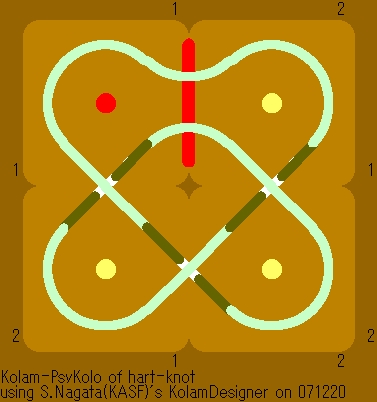 A knot consists of two harts in Kolam [2] |
 A Knotted Box [3] |
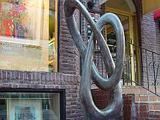 A trefoil near the Hollander York Gallery [4] |
 A Knotted Pencil [5] |
|
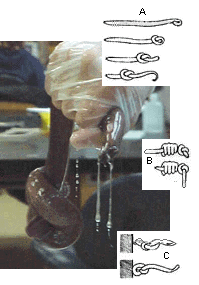 A hagfish tying itself in a knot to escape capture. [6] |
 A Kenyan Stone [7] | ||
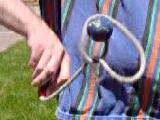 Mike Hutchings' Rope Trick [8] |
 Banco Do Brasil [9] |
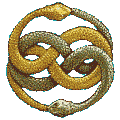 The NeverEnding Story logo is a connected sum of two trefoils. [10] |
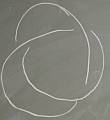 Thurston's Trefoil - Figure Eight Trick [11] |
For configurations of two trefoils along a closed loop which are prime, see 8_15 and 10_120. For a configuration of three trefoils along a closed loop which is prime, see K13a248. For a prime link consisting of two joined trefoils, see L10a108.